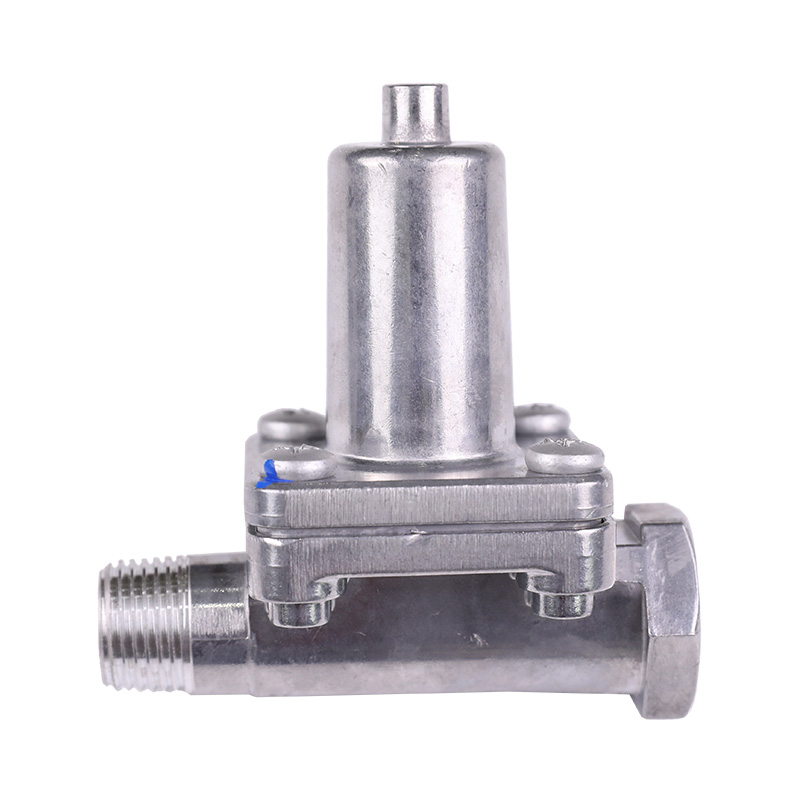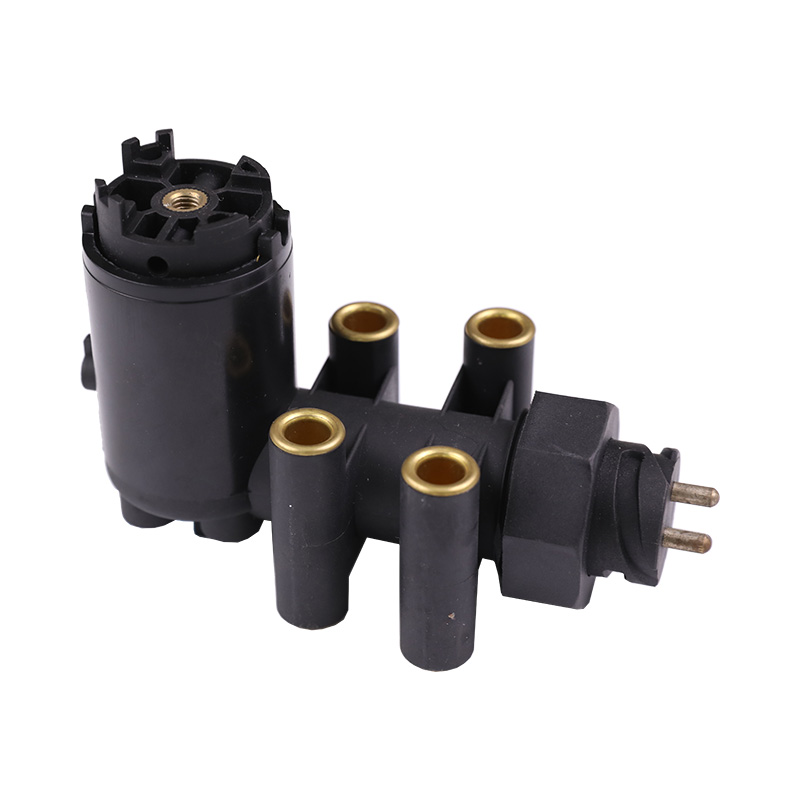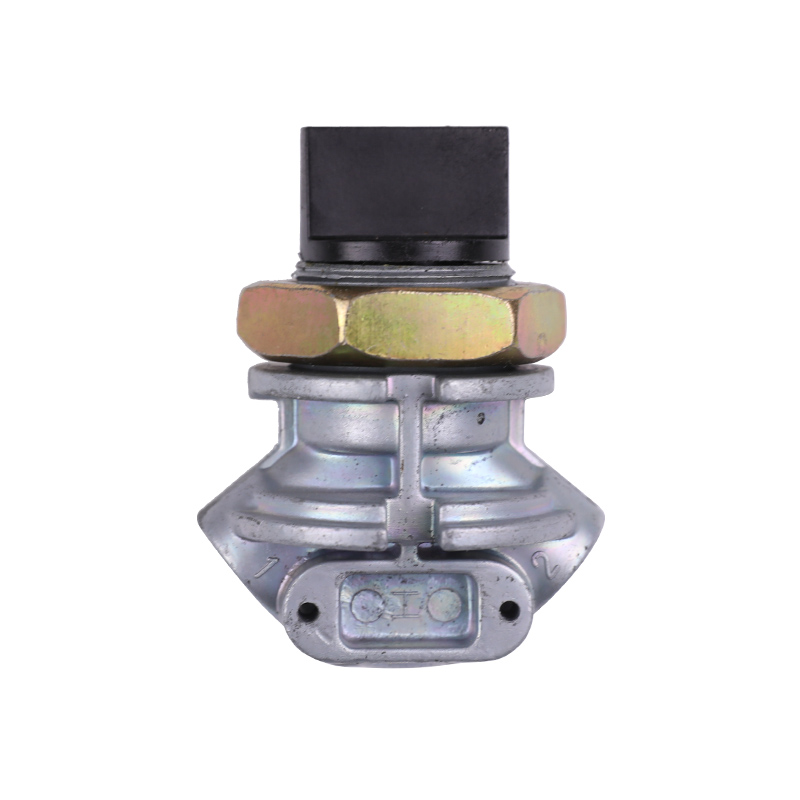Height control valves are equipped with various height sensing mechanisms that play a critical role in maintaining the desired ride height of a vehicle's suspension system. These mechanisms allow the height control valve to detect changes in the suspension's position and trigger adjustments to keep the vehicle level and stable. There are three main types of height sensing mechanisms used in height control valves:
Mechanical Linkage:
Mechanical linkage is one of the traditional height sensing mechanisms employed in height control valves. It relies on a system of levers and rods that connect the suspension to the valve. As the suspension compresses or extends due to changes in vehicle load, the mechanical linkage moves accordingly. This movement is then transmitted to the height control valve, which responds by adjusting the suspension height.
While mechanical linkage systems are relatively simple and robust, they may have some limitations in terms of precision and response time compared to more modern sensing technologies. Additionally, the wear and tear of mechanical components over time could affect the accuracy of the height adjustments.
Air Pressure Sensors:
Air pressure sensors are commonly used in height control valves that rely on air springs as part of the suspension system. These sensors measure the pressure inside the air springs, which changes as the load on the vehicle varies. When the vehicle is carrying a heavier load, the air pressure in the springs increases, and when the load is lighter, the pressure decreases.
The air pressure sensors continuously monitor these changes and send the data to the height control valve. Based on the pressure readings, the valve adjusts the flow of air in and out of the air springs, maintaining the desired ride height. Air pressure sensing mechanisms are generally reliable and effective for applications where air suspension systems are utilized.
Electronic Height Sensors:
Electronic height sensors represent the most advanced and precise height sensing mechanisms used in modern height control valves. These sensors rely on electronic components like accelerometers or laser-based technology to measure the distance between the vehicle's body and the ground. The sensors provide real-time height information with exceptional accuracy, allowing for precise and rapid adjustments to the suspension.
Electronic height sensors can detect even slight changes in the vehicle's ride height, making them ideal for applications that require high precision, such as luxury vehicles and adaptive suspension systems. Their responsiveness allows the height control valve to adapt quickly to various driving conditions and load changes, ensuring optimal vehicle performance and ride comfort.






